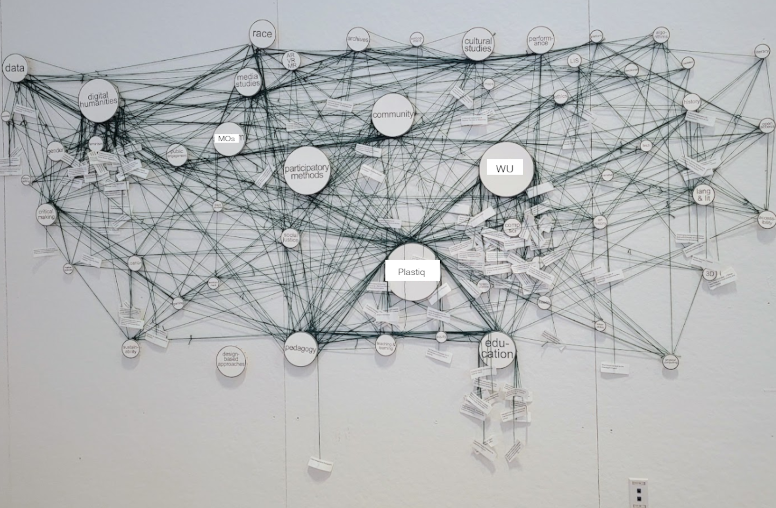EDITOR’S NOTE: Today’s post is the second in a series of three Friday guest posts. Today’s post was written by fuzzy, a former Pepper aficionado.
So much of this game involves jumping on opportunities which, due to accident, miscalculation or unwarranted benevolence, are far more advantageous than the normal everyday spoils. Think: mistake fares, unlimited 4% cashback cards, and warehouse store cashiers taking happy pills. A few months ago, a wormhole in the universe opened up called PerfectGift, and for a brief moment enterprising churners were able to print money, in the form of Visa gift cards at 20% off. The Telegram channels blew up when the anomaly was discovered. I personally found out an hour or two after it became public, at which point, my inner voice of failure (like everyone has right? Ok just me then?) told me I’d missed my chance, and I moved on. Only to find out later, they were passing out Paddy’s Dollars for several hours, which could easily have paid for my poor Aunt Sally’s last dying wish. (“Fuzzy”, she whispered, “promise me before I’m gone you’ll put me up in the Park Hyatt Shanghai and upgrade me to a junior suite.”)
Which brings to mind (as everything does) Pepper – the app that achieved a fair bit of notoriety last year selling a changing panel of major gift card brands like Amazon and Target at 10% off. Those discounts took the form of “coins” redeemable for more gift cards. The jeopardy to purchasers was that most of those coins weren’t awarded until 2-3 weeks later. Business folk in the gift card reselling community were comfortable with that minimal risk, however, because they were churning a decent amounts of credit card points.
The engine feeding this obviously unsustainable business model was venture capital. Savvy VC investors were keenly attracted to Pepper’s 100% share of the selling-gift-cards-at-a-steep-loss market. And then earlier this year Pepper – facing intense competition from literally no one – kicked it into high gear, and began offering 20%, then 25%, then 30% off. Meanwhile, individual purchase limits exploded from $5000, to $9000, to $17,000 per day.
If this had happened in any other context over the course of ONE SINGLE AFTERNOON, Telegram would’ve flat out melted, and the smarties who scored a couple hundred of Sam’s Club at -30% would be laughing like hyenas at the rest of us, and my inner voice of failure would be laughing right there with them. And yet – the height of Pepper madness continued. For. Two. Months.
Pepper enthusiasts with the foresight and bravado to completely drop the throttle exactly when things went bonkers – amateurs even, who took quite nicely to six figure statements, Amex financial reviews, and suddenly having to manage a business with 99 employees – were minting literally millions of credit card points, becoming top tier airline elites, and gaining enough free hotel nights to park themselves for the season in a junior suite at the Park Hyatt Shanghai. I, on the other hand (sorry Aunt Sally!), followed my inner voice, LOUDLY stomped out of the Pepper Telegram chat, and spent the next several weeks drowning my sorrows in 24 ounce cans of grape strawberry FOMO.The Pepper frenzy has ended. The last stalwarts were left holding the bag (or they may yet recover their stranded coins lol). However – except for perhaps a few unfortunates who got on at the very end – everyone who still has money coming to them has already recovered the value of that money several times over.
What is the takeaway here? First, the conventional wisdom remains intact: If something appears too good to be true, it probably is. The emphasis however is on “probably”, because as we know, a thing can be too good to be true, and also exist. The mass and timespan of the ostensibly too-good-to-be-true play will be dictated by various factors, such as the number of people who are onto the deal, or who have access to it, and especially, the motivation (if any) of the person (or algorithm) who made that too-good thing available in the first place. When the too-good thing owes its existence to venture capital, don’t trouble yourself with the fact that it’s a too-good thing, just thank your VC benefactors and book your junior suites.
– fuzzy
Pepper’s VC’s other investment: No competition door installation.






